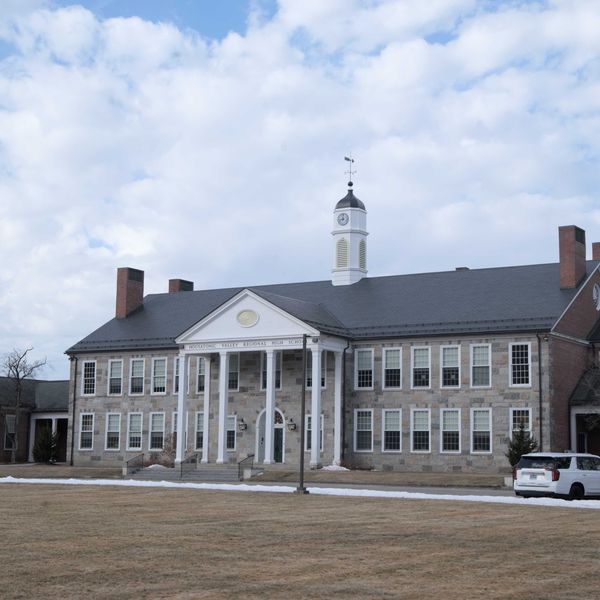‘Only Murders in the Building’ Delivers Killer Comedy (on Hulu) Once Again
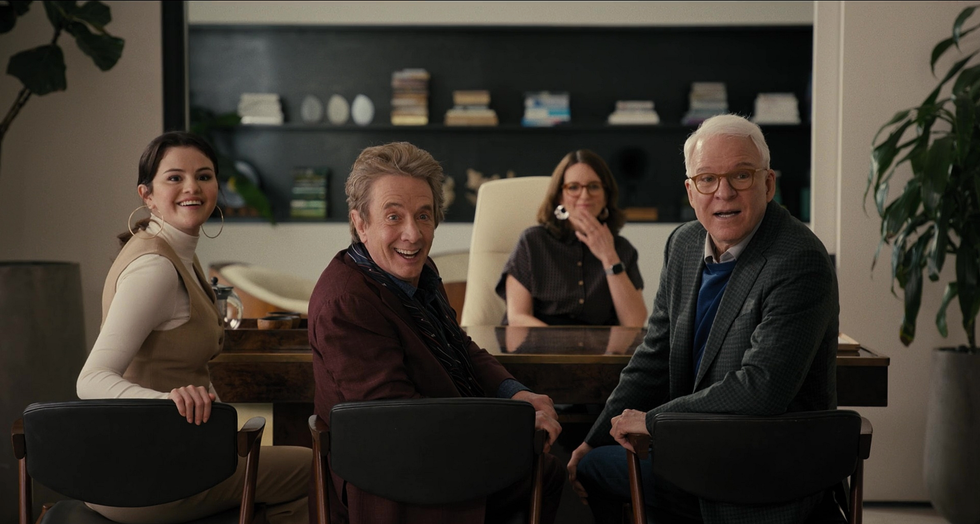
Tina Fey is among many stars who make cameo appearances in “Only Murders in the Building,” along with stars Selena Gomez, Martin Short and Steve Martin. Season Two debuted on June 28. Photo courtesy IMDB
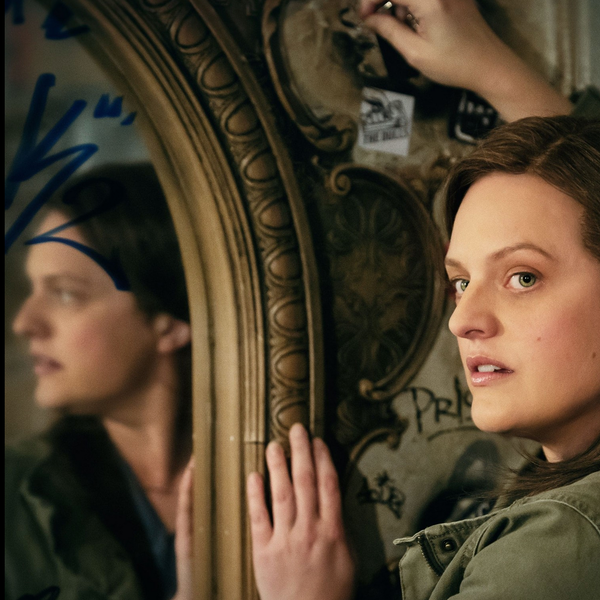
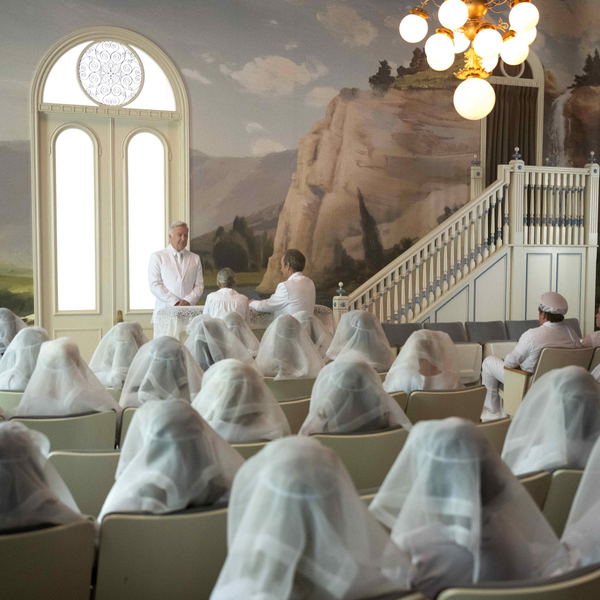
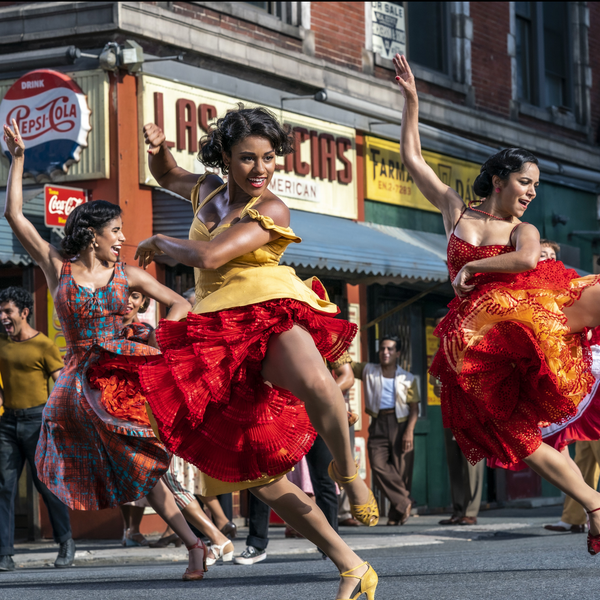

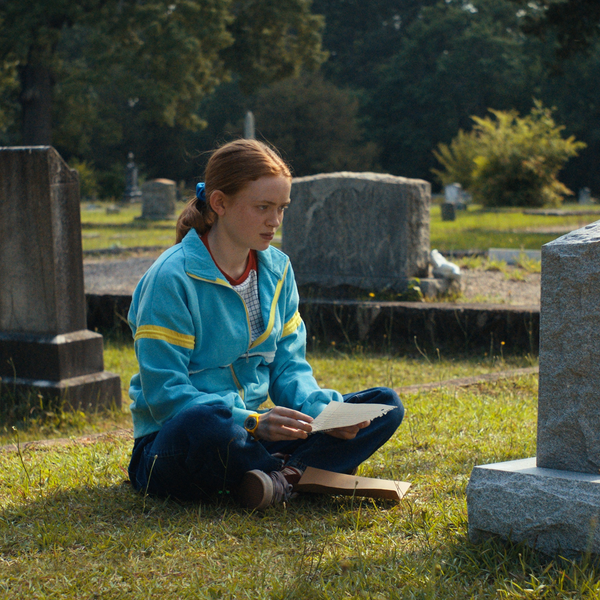
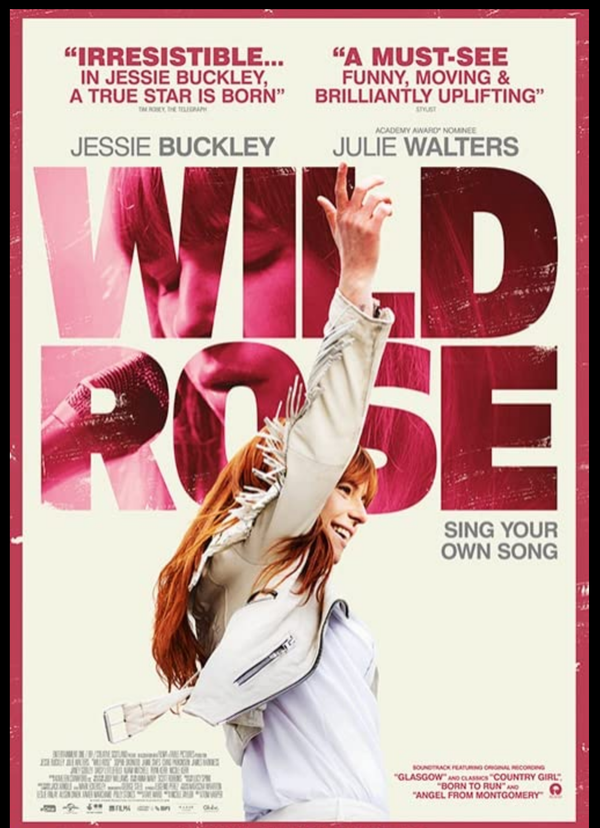
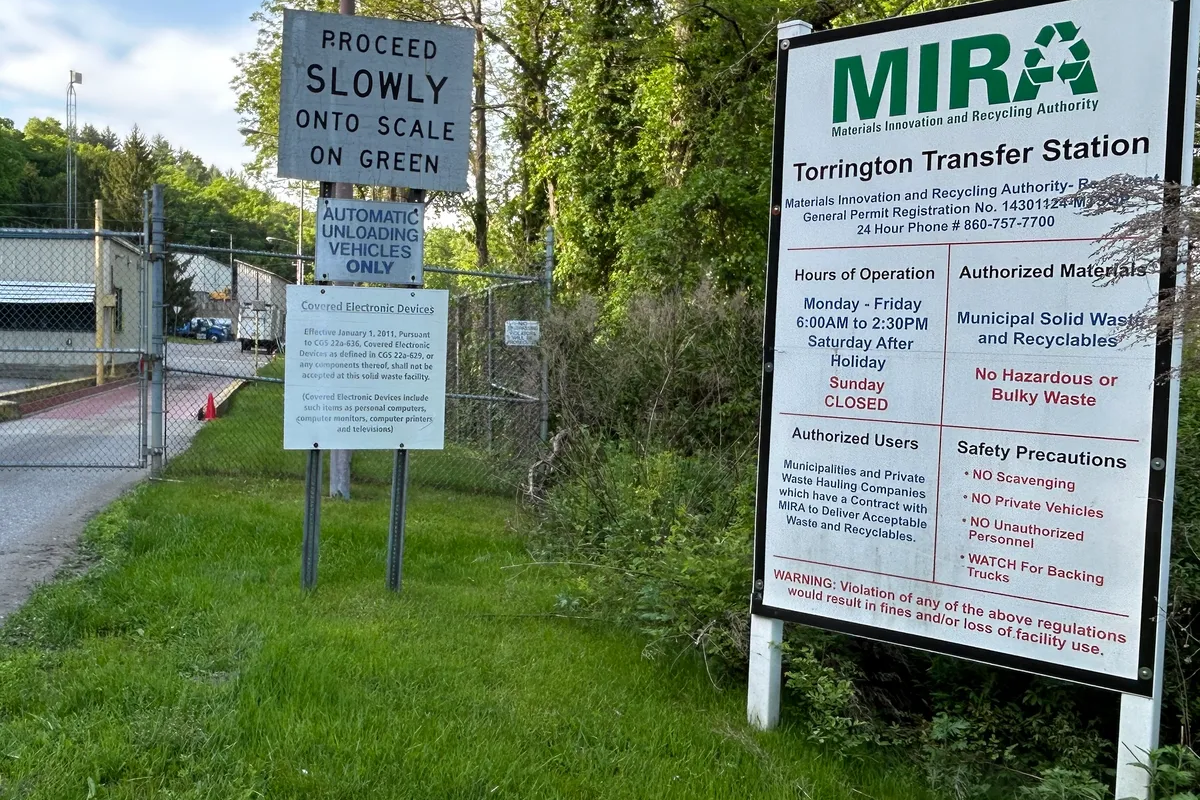

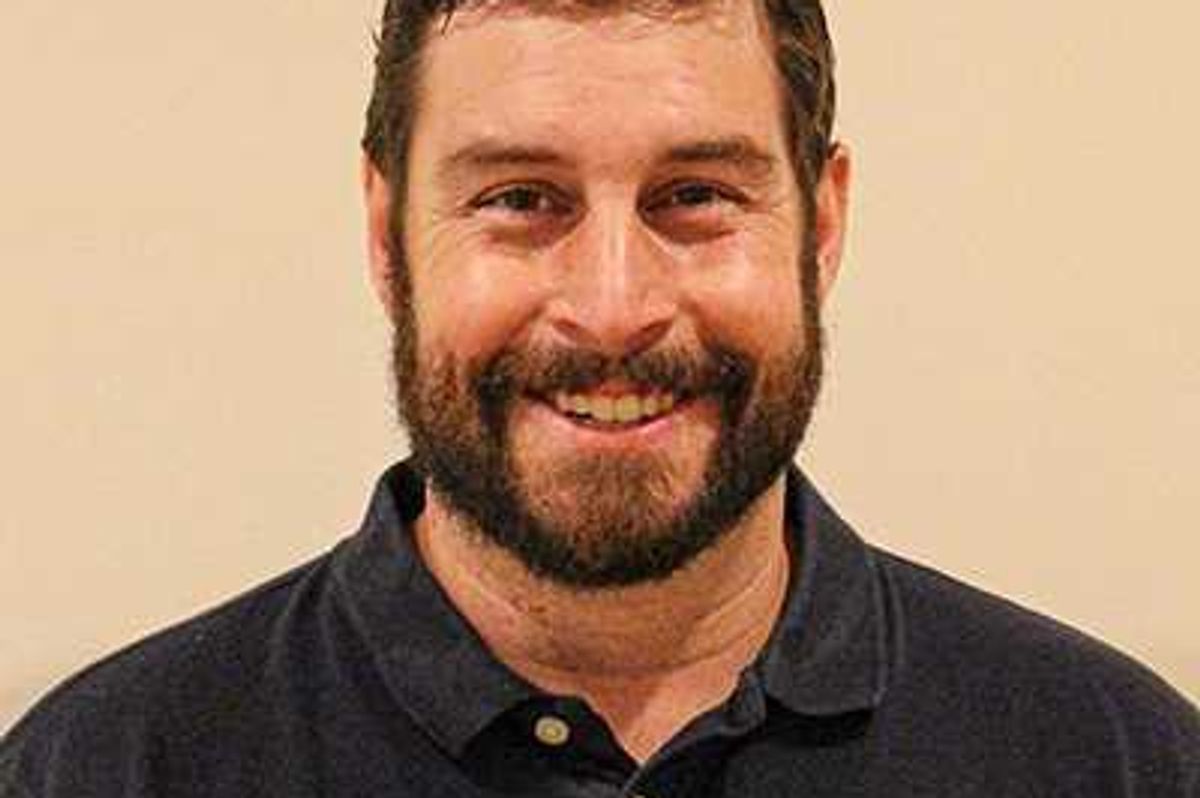

 Nick Crodelle dribbles the ball up the court during the game.
Nick Crodelle dribbles the ball up the court during the game.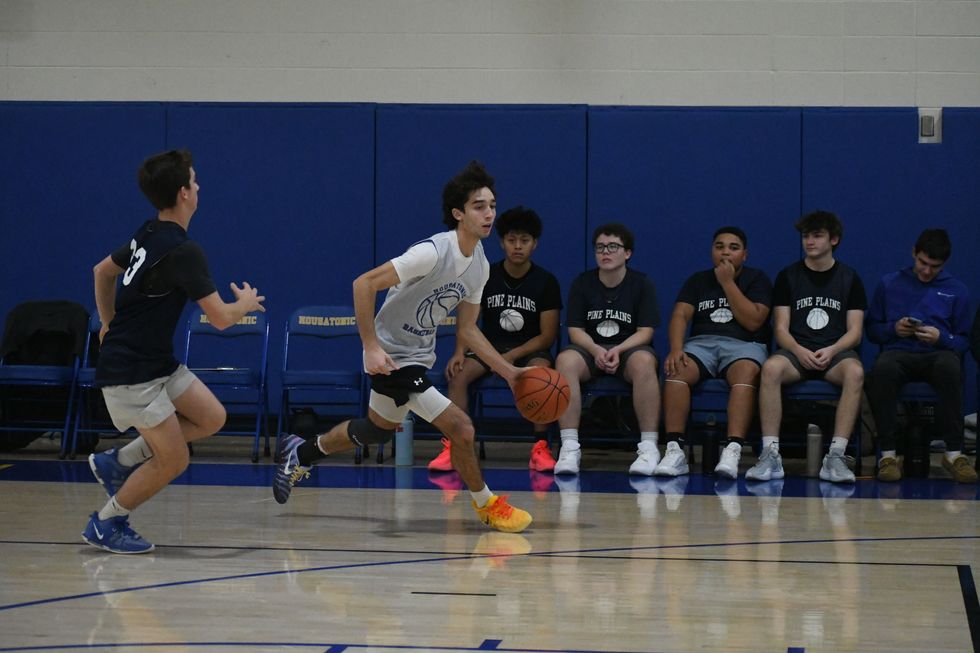 Anthony Labbadia
Anthony Labbadia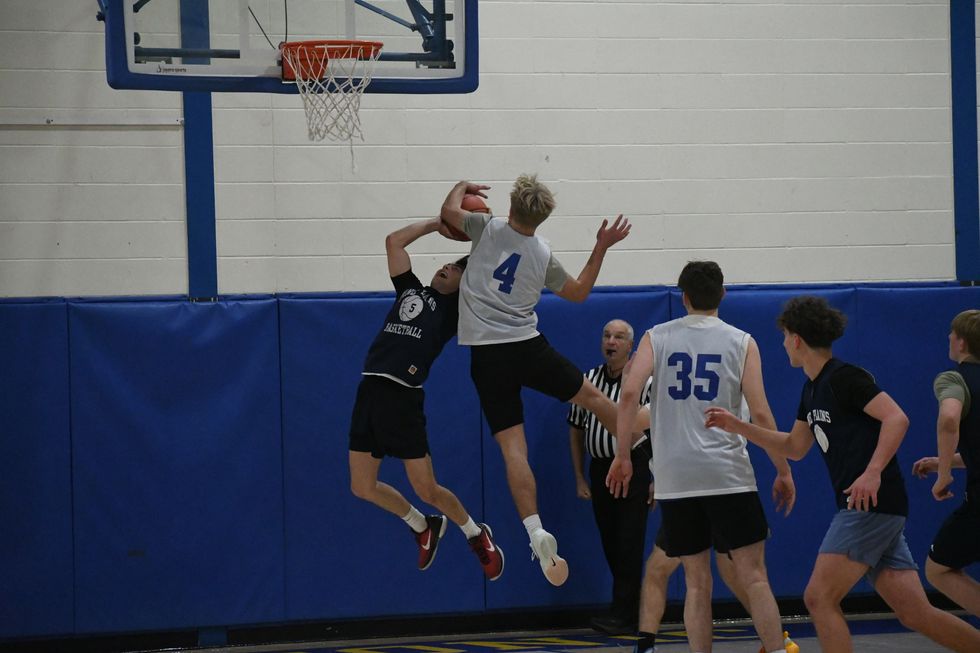 Owen Riemer block By Riley Klein
Owen Riemer block By Riley Klein 
